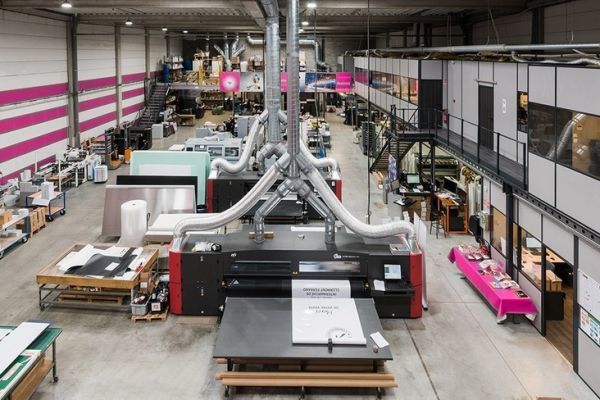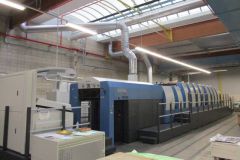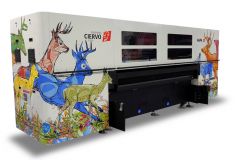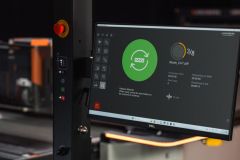At the beginning of the year, the Sprint group brought together all its entities under a single brand sprint, marking a key stage in its evolution. Today, the group based in Gennevilliers (Hauts-de-Seine, France), which aims to exceed sales of 100 million euros by 2024, clarifies the objectives of this transformation.
The Sprint Group and the Xaas concept
The industrial printing sector is undergoing profound change, driven by the rise of digital technology and changing customer expectations. Sprint, under the impetus of its founder Foad Rad, is gradually moving away from a purely industrial approach to reposition itself as a global provider of communication solutions.
For Foad Rad, "the reindustrialization of our regions requires us to develop the expertise of our industrial operators. Today, we need to go beyond simple production and reinvent our businesses by combining innovation, know-how and proximity."
Inspired by the Xaas IT concept of "everything as a service", Sprint offers its exclusively BtoB customers a one-stop shop for everything from graphic production (promotional printing, POP, packaging, OOH, promotional items) to print management, marketing logistics and digital solutions.
The group currently boasts 500 customer accounts, 86% of which are direct advertisers, with a sector breakdown of 30% in retail and 10% in the public sector.
"It's by reinforcing this dynamic that we'll bring real added value to companies and brands. At Sprint we've chosen to take action: invest in our production tools and solutions, train our talents and promote Made in France"
This "Made in France" approach sets the company apart from many other print management companies. With its 10 sites (named until the beginning of the year as follows: Suisse Imprimerie in Paris, Sprint, Alliance Partenaires Graphiques and Advence in Hauts-de-Seine, Fabrègue in Haute-Vienne, Rivaton in Seine-Saint-Denis, Axiom Graphic in Val-d'Oise, Chabrillac and Evoluprint in Haute-Garonne and Leclerc in Somme), Sprint retains direct control over its production tools.
Towards a hybrid growth model
Sprint is counting on organic growth of 3% in 2025 and 5% in 2026, supported by investments in digitalization and process optimization. The acquisition of new skills through external growth operations is also under consideration, in order to strengthen its position in the print and digital markets.








